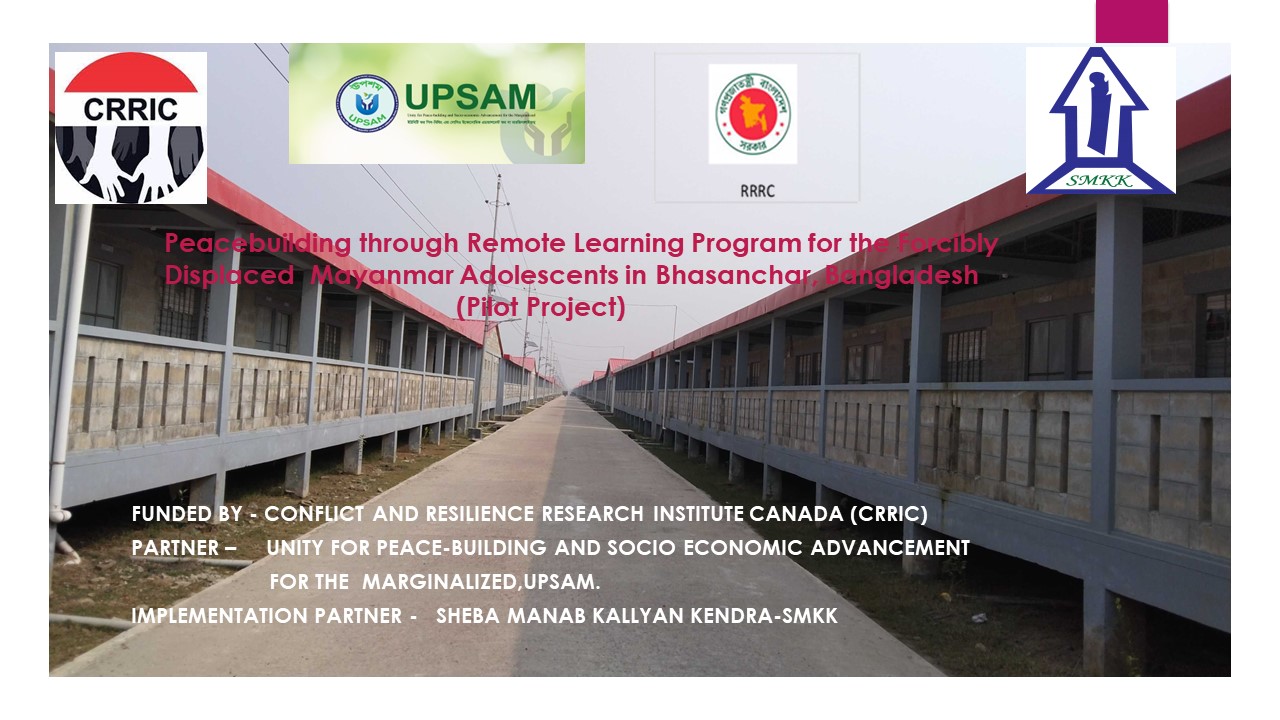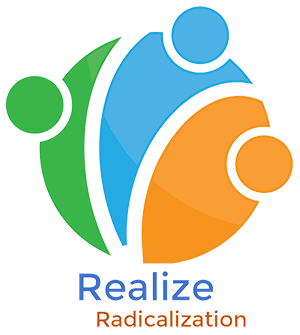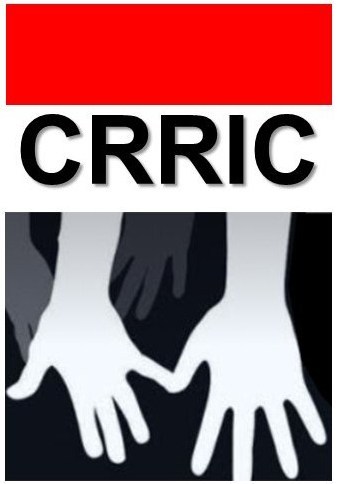Peacebuilding through Education in Bhasanchar Island: A Journey for Hope

Remote Learning Project at Bhasanchar Island in Bangladesh, November 2022
Core Philosophies of the Project
Project Context
Nearly, 480,000 Rohingya children are languishing in 34 camps in Bangladesh (age ranging from 5-16 years). UNICEF and education sector partners have services over 23000 learning centers in 34 camps and provide primary education to the children aged between 5 to 10. The government of Bangladesh relaxed some restrictions in formal education although regulates the curricula. The stakeholders of the Education Sector (9 NGOs) collaboratively have developed a learning competency framework (LCF) that guides education in the camps.
Numerous stakeholders involved in delivering education have reported several issues such as access to education and lack of resources in the camps. Beside formal government approved education, various non-formal home based, and Diaspora run schools are also imparting education in the camps. Main language of approved instruction is English and Burmese.
RRRC is the regulating government body that deals with all the aspects of Rohingya matters in the camps. Intermittently, though the Government of Bangladesh controls internet in the camps, at the current state, ¾ G internet access in the camps is available.
Host communities surrounding the camps are nearly as poor as the camp dwellers and although NGO activities increased by manifold after August 2017, the socio-economic condition of the host community have not improved much. Government of Bangladesh has instructed donor countries to divert resources to the host population as deemed necessary to bring a sense of equity in accessing resources. All NGOs operating inside the camps must obtain government
permission (from NGO bureau) to run a project.
CRRIC is involved in delivering two adolescent (female) centered education project funded by the Manitoba International Council (MCIC) while awaiting a funding from Rotary International through Global Grant. These projects are temporarily stalled due to COVID 19 situation.
Primary Objective of the Project
Project Delivery Framework
The core teacher group will consist of:
• International volunteer teachers/educators
• Host community teachers
• Rohingya teachers
Target groups:
• Host community: 500 children
• Rohingya community: 2000 children
— Young: 8 to 13 (male: female, 50% each)
— Teenagers: 13-17 (male: female, 25% and 75%)
Potential Collaborators
It is important to build coalition and work in tandem with the agencies working on the ground and delivering education. While necessary liaison and coordination needs to be done with formal partners, it might be challenging to connect with the informal actors (i.e., faith leaders, household heads, and Majhis) involved in education delivery. Having said this, a conscious effort must be undertaken to bring them into the fold so that they do not create barriers for the aspiring children especially female ones. A clear communication strategy and resource allocation must be well thought out in this project to achieve such a goal.
Method and Tools
Important methodological approach is to address the immediate crisis with a long-term perspective:
1. Strengthen inclusive curricula for male and females in the host and refugee communities
2. Plan for multi-year funding for education programming and research in refugee responses
3. Improve collaboration and develop innovative partnerships
Understanding different contexts and meeting distinct needs
4. Adopt user-centered design and empowering approaches
5. Establish diverse pathways that meet distinct needs
6. Use space and infrastructure creatively (for example, the learning centers)
Improving Outcomes for All
7. Support teachers to help ensure quality
8. Prioritize both learning and well-being
9. Use technology as an enabling tool in pursuit of education outcomes3 Two main avenues for the delivery of digital educational content are personal handheld electronic devices, such as a smartphone, and “connected classrooms.”
Mobile Learning (ML) which stands for any type designed to take place via a personal handheld electronic device, such as a smartphone. Such learning is mobile because it is not confined to the classroom or home but can take place anywhere. Since it is not school based, it can also take place at any time. In many cases, mobile learning also permits synchronous or asynchronous interaction with teachers and other learners. Mobile learning may be the preferred technology for informal and non-formal learning, which might take place individually, through social media, or in community centers.
Some believe that combining some form of connected classroom with basic teacher training and scripted lessons could greatly expand.
Connected Classroom Infrastructure. ICT can of course be used for educational purposes within classrooms as well. In the refugee context that may require special infrastructure, such as rapidly deployable packaged hardware for education in emergencies. Such hardware generally features pre-loaded academic content, and sometimes connectivity solutions.
Beneficiaries:
Rohingya Camp selection:
Criteria
• Those are least served and mid-sized
• Have supporting environment (host community not hostile and less influence of Al Yaqin
and their affiliates)
• Consultation with the RRRC
Planned time frame:
Pilot – September 2021 to February 2022
Main project – August 2022 to August 2023
Blended Learning
Based on the above discussion, CRRIC plans to develop a Remotely Delivered Blended Learning Model (RDBLM) for this project. Where most of the curriculum is delivered via a digital platform and teachers are available for face-to-face consultation and support. Students cycle through a schedule of independent online study and face-to-face classroom time. Winnipeg will remain as the Project Headquarters for RDBLM. A host of organizations delivering digital contents globally are listed in a World Bank paper.
Advantages:
• Flexible and interactive
• Pathways to higher education
• Social, academic, and institutional integration
Limitations
The main challenge of this project is seen in terms of ‘how education systems must learn to use technology effectively, safely and equitably’? Education technology is certainly not a complete answer to the education crisis arising from conflict in the MENA region, but it has promise. Rather, critical to each intervention is putting the right tools in the hands of the right people to meet the specific needs in each environment. While this note emphasizes how important specific contexts are, there are also cross-cutting or foundational issues to which ICT could be applied, notably, mapping of populations and needs, training and collaboration of teachers, certification of student learning, and cost and availability of teaching materials (textbooks, lesson plans, and so on). Nonetheless, continuous internet connectivity and government of Bangladesh regulation in delivering education are identified as key limitations for the project.
Expert Allies in Bangladesh and abroad:
• BRAC
• UNICEF Canada
CRRIC’s advantage
• Grassroots level access
• RRRC access
• Rotary access
• Canadian access
• Will help in two ways:
— Fundraise
— Collecting used or retired handheld devices from Canada
Model of distant learning studied for developing the project:
Two such models are available: Kiron (in depth) and Khan (to a lesser extent). An online “Education Management System” was also developed by project experts and delivered to the Ministry of National Education. Education Management System comprises “Learning Management System (LMS)”, “Content Management”, “User Information” and “User Support” systems, virtual classrooms, learner analytics, and evaluation systems. It is a digital platform where users, teachers and students are logging in with their identifier, engaging remotely. Courses become independent of time and space. It brings connectivity to teachers and students. LMS is an important element, and it is the major interface for monitoring the Turkish language skills training program.
Kiron offers custom-made online study programs using massive open online courses (MOOCs) from renowned educational providers and Open Educational Resources (OER’s). In addition, we provide short programs to prepare learners for the jobs market. We want to empower students with knowledge, skills, and network they need for future success.
Overall, the feedback from the field is most promising. The system supports teachers for instructional readiness, dedication, and belief. It strengthens student readiness and provides continuous support to learners. They know what is expected.
Example:
In 2018, Lifelong Learning Department of the Ministry, UNDP and e-learning experts from Anadolu University Open Education Faculty joined forces to lift barriers of language for Syrians in Turkey. The project: Adult Language Trainings, under Turkey Resilience Project in response to the Syria Crisis (TRP), is based on what we call “The New Traditional Model”. (ibid)




